NOTE: Yikes! Rereading this post, I see that it sounds like a lecture or a research paper! I hope my school teacher writing style doesn’t put you off.
I had never heard of Saba, let alone Saba lace, until my adventurer brother and his equally adventurous wife bought a vacation home on this tiny Caribbean island.
They had been sailing around the world for nearly 5 years when they stopped at Saba to scuba dive.
Of all the exotic locations they had visited, this Dutch “public body” located near St. Maartens and St. Eustatius won their hearts.
They fell in love with the spectacular view of the sea from their cottage, as well as the peaceful, slow-paced atmosphere.
With just 5 square miles of territory and mountainous terrain which isolates the tiny villages, there are relatively few miles of roads.
On this YouTube video, you can get a real feel of this happy place. Of all the fun, lovely photos in this video, this one was chosen as the cover. Why? But it is the only marginally racy shot. Take a look.
They are traveled mostly by golf carts, walkers and free-range, domestic goats.
For those who are interested in the history and influence of needlework on Saba, there will be a future post about quaint island, its people and Gertrude Hassell. She is the woman who introduced the needleart which morphed into Saba lace, a woman’s work that has supported generations of Saban families.
I was surprised and pleased when I realized that these two handkerchiefs in my collection are actually Saba lace work.
The Fruit of Her Hands, Saba Lace~History & Patterns by Eric A. Eliason is the source of all my information. This is the book Jon and Tanya gifted me, shown in the photo at the top of this post. The book includes photo copies of lace patterns as well as photographs of a variety of Saba lace products. An extensive bibliography is useful for further research into the subject.
Saba lace is basically drawn threadwork. In the early days of this cottage industry, it was worked with white thread on white linen in the traditional manner and called Spanish lace. Strips of the lace were sewn into table runners, handkerchiefs, curtains, slips, baby bonnets and any textile for which a lace insertion would be suitable.
As Saban women embraced the technique, they explored and expanded it with their own patterns and unique interpretation. In time, their style of drawn threadwork became known as Saba lace.
The use of whole cloth for patterns was added to their initial presentation of strips or bands of the white lace.  Colored linen and thread was added to the Saba lace repertoire, along with whole cloth lacework. Pieces such as my blue table topper, shirts, blouses and more were created with insertion and edging patterns worked on whole cloth.
There are five basic categories of designs:
- 1. corners, which are always square and provide an ending for a border
- 2. borders, patterns the same width as the corner and extending as you would expect a border to
- 3. pattern stitches, which generally begin in the center of a piece of linen and can grow in all directions
- Â 4. filet work, which removes sections of parallel threads to create a shape which is filled in with threads or left open
- 5. combinations, which combine two or more of the first four categories into a design.
Hemstitching is discussed, but it is not clear to me, probably because of my limited knowledge of crochet. This excerpt in particular puzzles me: “Hemstitching, or crocheted edging, also adorns many finished lacework products. Cords are used to connect or augment more complex patterns. While crocheted hemstitches can become quite intricate, there are a limited variety of cords. Both are seen as complimentary tasks and are not the main focus of Saban laceworkers’ artistic energy.”
Does anyone have knowledge of the relationship between crochet and hemstitching to which the author refers? All the italics are in the original text.
Saba, also known as the Island of Women, and its lace both fascinate me. Inspiring and heartwrenching, Saban history recognizes the invaluable contribution of its ladies and the influence of needlework on the island’s economic and cultural survival.

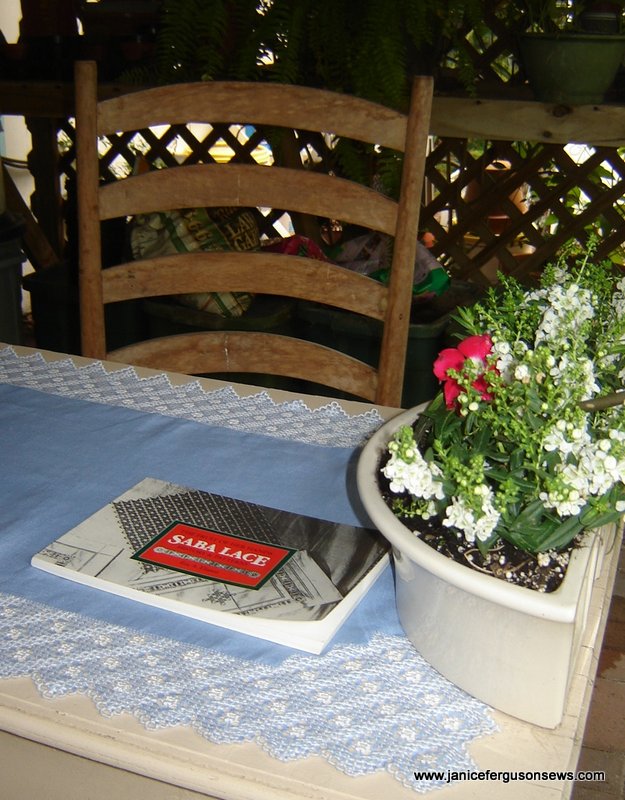
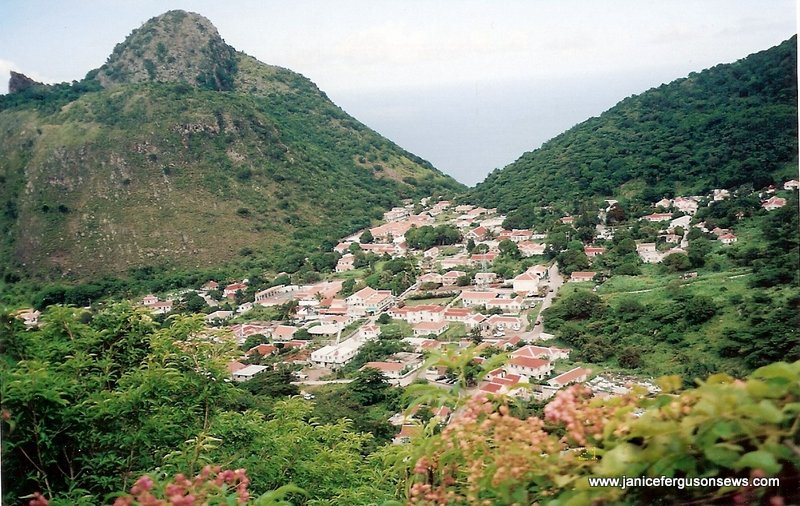
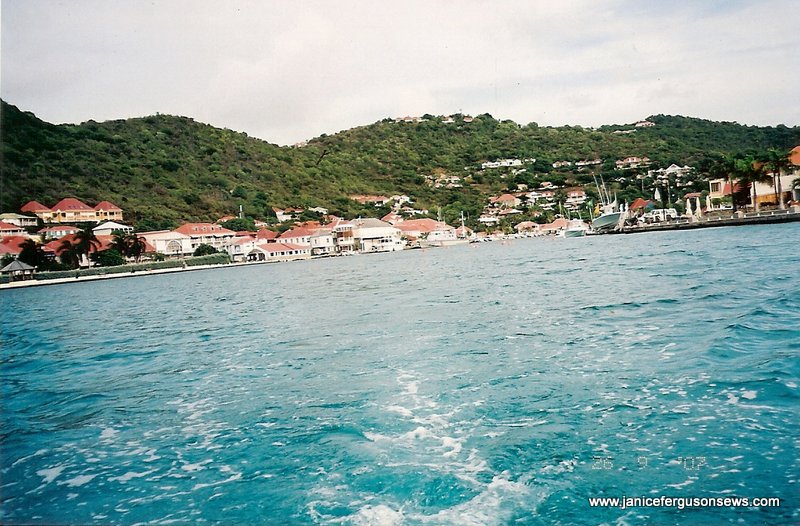
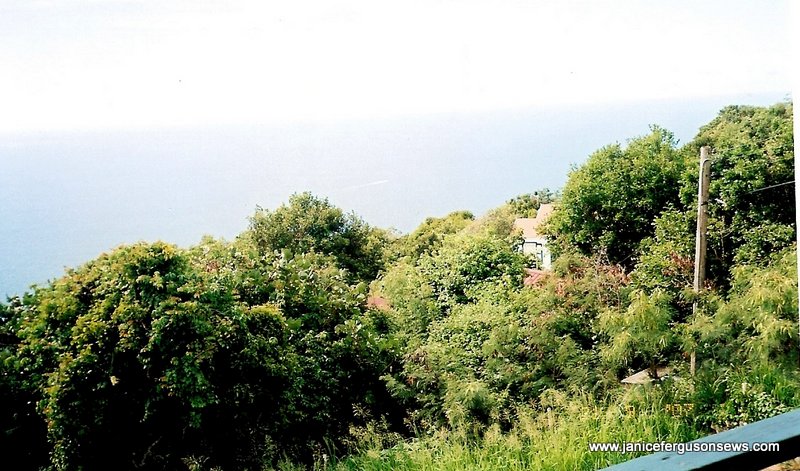
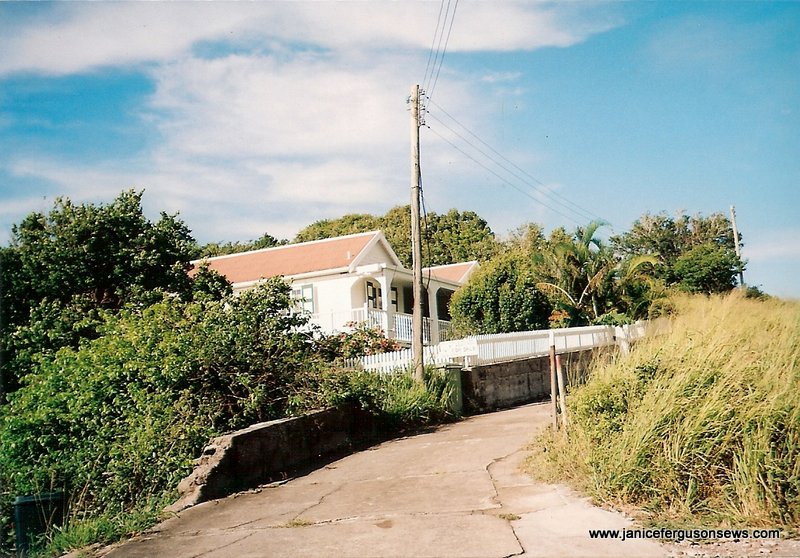
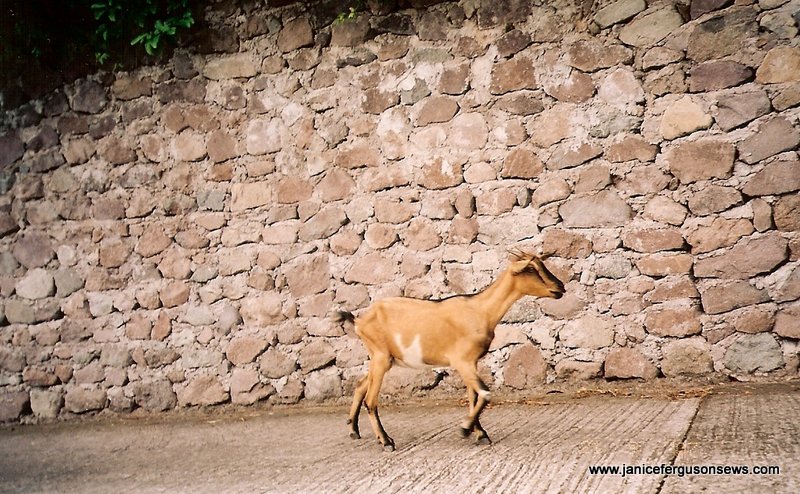
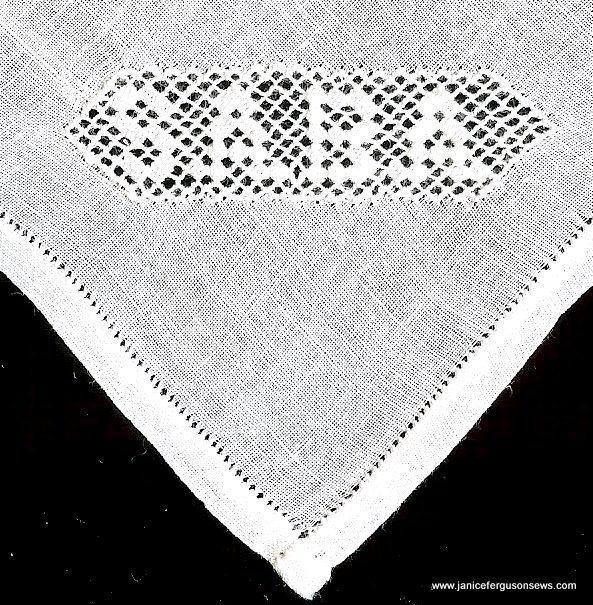
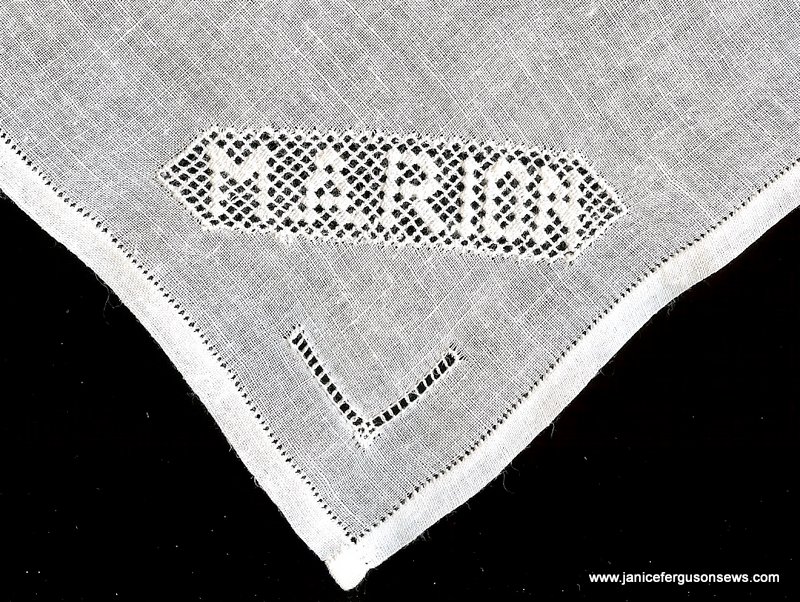
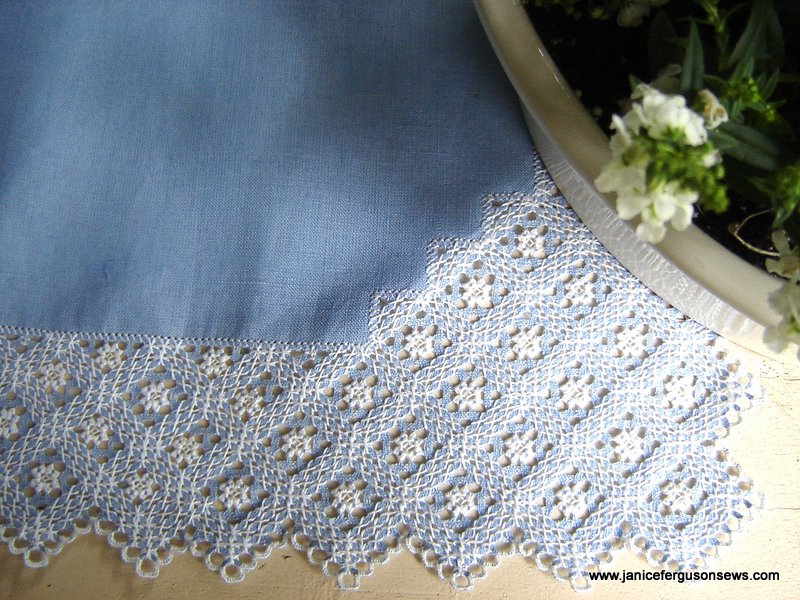
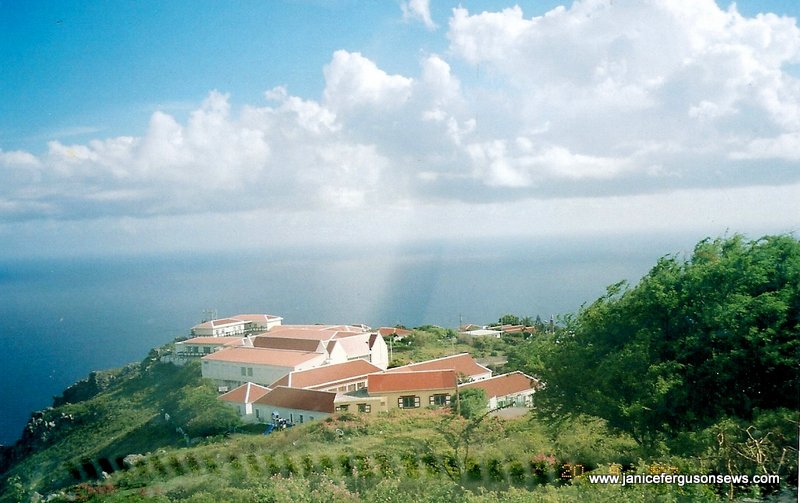

6 responses to “Saba Lace”